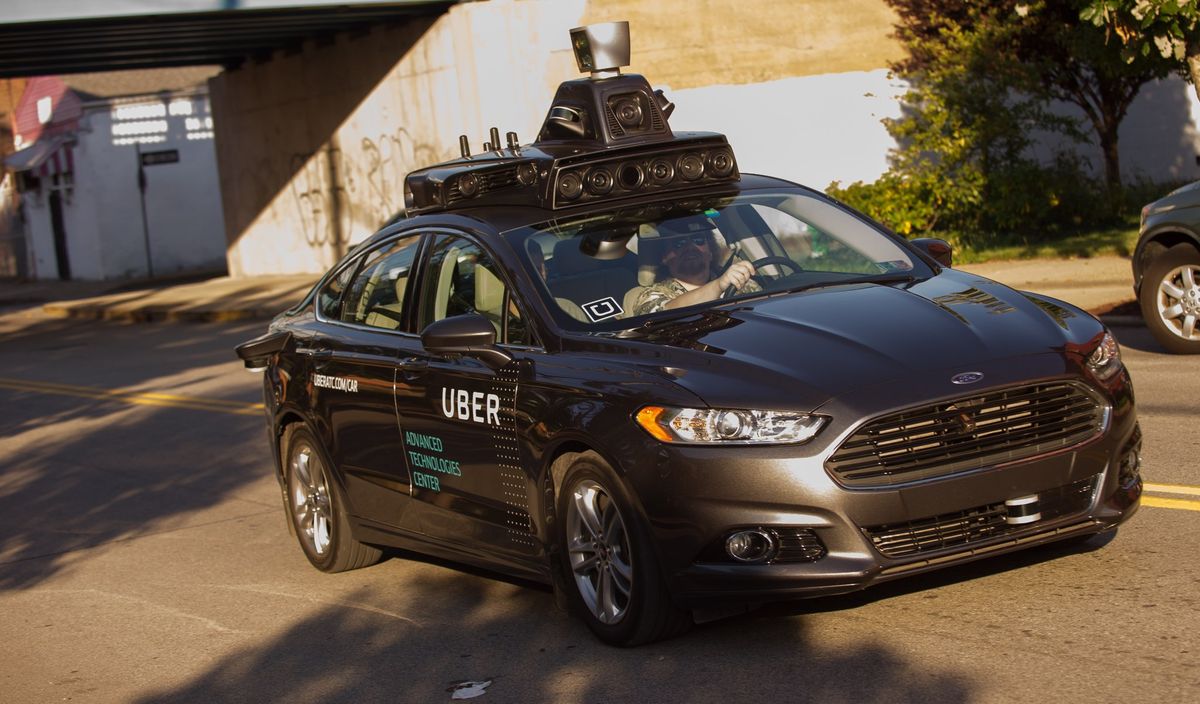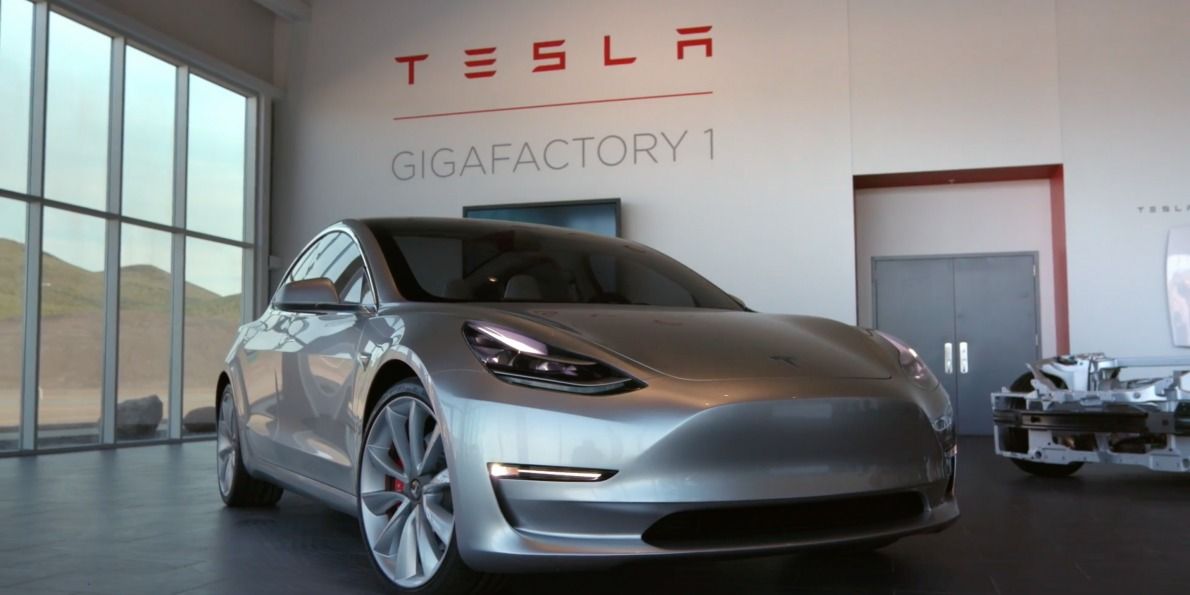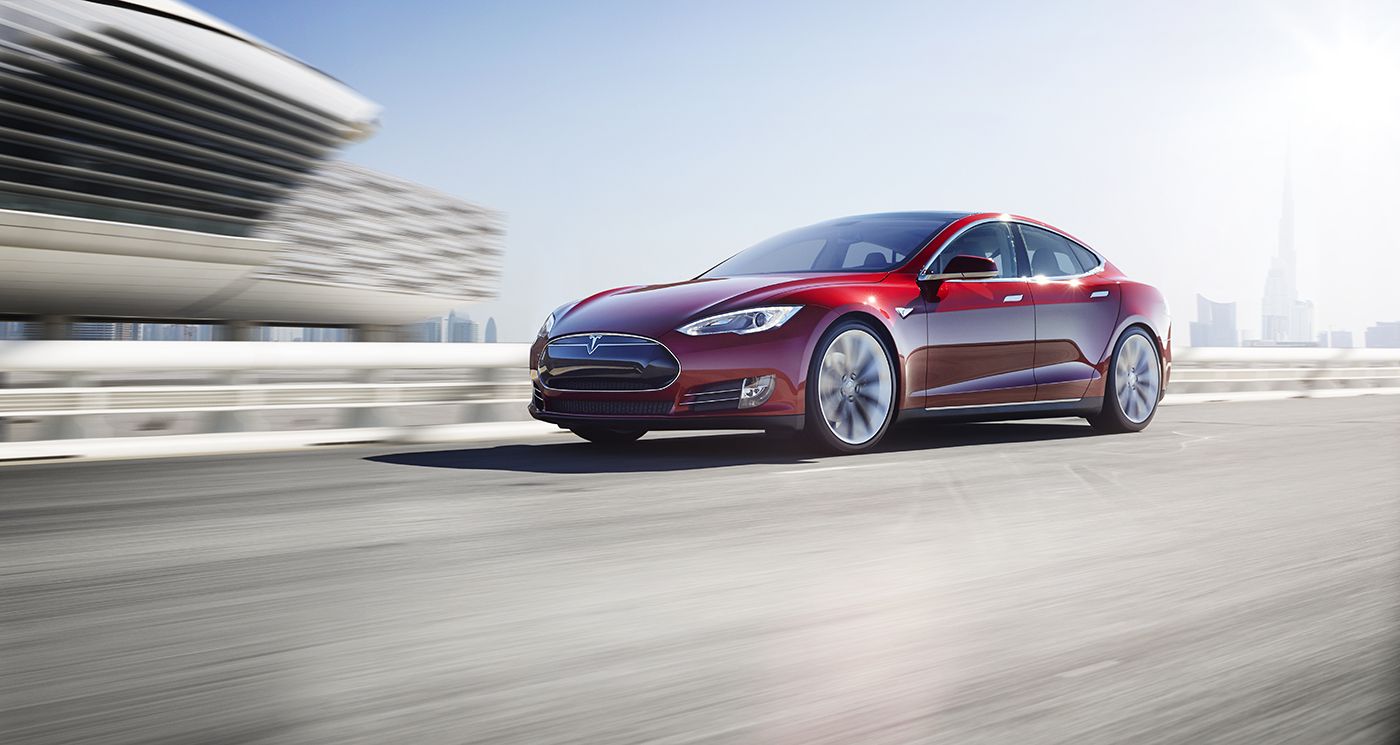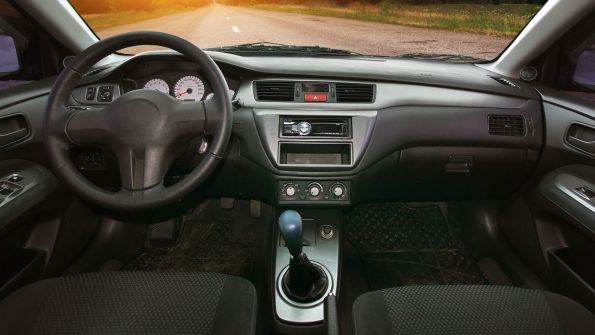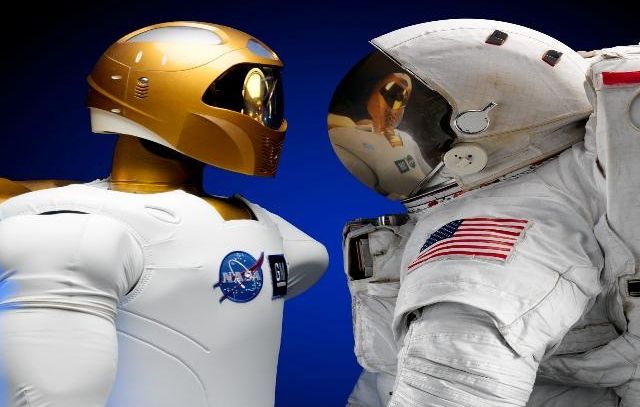I can conceive that in saner circumstances, Tesla Model X might never have come to be. But the strongest blades are forged in the hottest fires, and for those that survive the heat, something very special is born.
Model X is special in a way that the automotive industry hasn’t been able to conceive in a very long time. It is an all-electric SUV that can seat up to seven people with bucketloads of cargo space to spare. It is a sporty all-wheel drive car that can throw instant and ungodly amounts of torque at the tarmac. It is a serene cruiser with its silent drive and breathtaking panoramic windshield. It is, in essence, an eight-eyed falcon with a supercomputer brain that dreams of a future of fully autonomous driving. And I had to have it.
As a Model S owner, I had already experienced and enjoyed more than a year of zero emissions Tesla driving. I knew what great things the car was capable of. I’d felt the thrill of instant torque, I’d fallen in love with the one-foot, regenerative braking driving experience, and I’d been chauffeured up and down the M1 by my very own Autopilot. Where the Model S presented itself as an all electric car — a subtle statement and proof of concept about a future of green but powerful motoring, Model X presented itself as a bold vision for what a car could be, if its only blueprint were imagination.
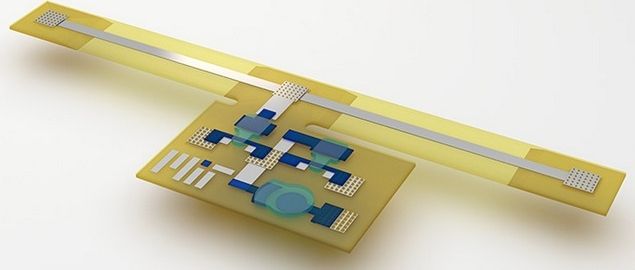
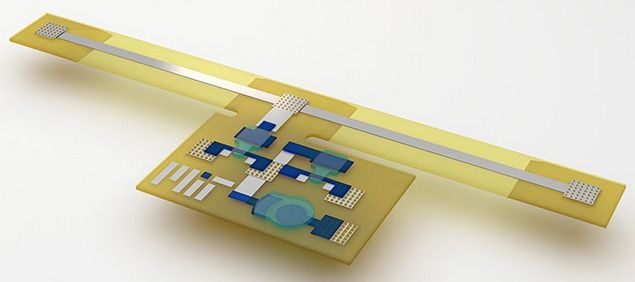 Illustration of 3D-printed sensory composite (credit: Subramanian Sundaram)
Illustration of 3D-printed sensory composite (credit: Subramanian Sundaram)